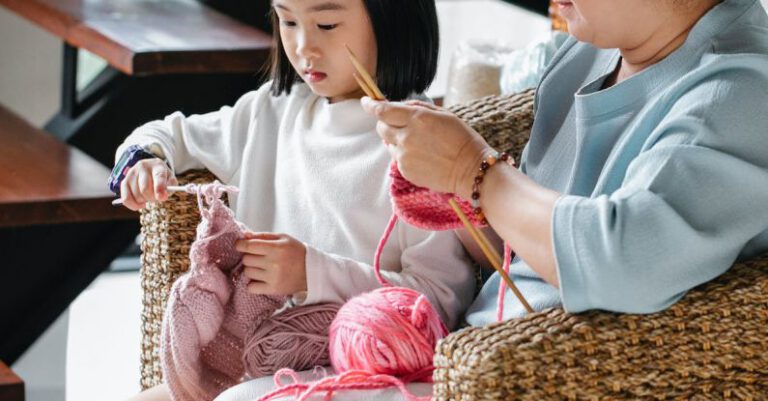How to Encourage Independent Creative Projects in Children?
Children are naturally curious and imaginative, and encouraging independent creative projects can help foster their creativity and problem-solving skills. Engaging in such projects allows children to explore their interests, develop new skills, and gain confidence in their abilities. However, it is essential to provide the right environment and support to ensure that children can thrive in their creative endeavors. In this article, we will explore some effective ways to encourage independent creative projects in children.
Create a Creative Space
Having a designated creative space can inspire children to engage in independent projects. This space can be a corner of their room, a table, or even a small studio. The key is to provide a clutter-free area where children can freely express themselves without any distractions. Stock this space with art supplies, craft materials, and other tools that align with your child’s interests. By having a dedicated area, children will feel a sense of ownership and be more motivated to explore their creativity.
Encourage Self-Directed Learning
Self-directed learning is a critical aspect of independent creative projects. It involves allowing children to take the lead in their learning process, exploring their interests at their own pace. Instead of providing step-by-step instructions, encourage your child to research, experiment, and problem-solve on their own. This approach fosters critical thinking skills and empowers children to become self-reliant. Offer guidance and support when needed, but let your child take the reins in their creative journey.
Provide Open-Ended Materials
Open-ended materials are essential in nurturing children’s creativity. These materials can include items such as blocks, clay, fabric, and recyclable materials. Unlike toys with a specific purpose or outcome, open-ended materials encourage children to use their imagination and explore various possibilities. They provide the freedom to create, experiment, and problem-solve without limitations. By offering open-ended materials, you are giving your child the opportunity to think outside the box and develop their unique creative ideas.
Celebrate Mistakes and Failure
In the process of independent creative projects, mistakes and failures are inevitable. It is crucial to create an environment where children feel safe to make mistakes and learn from them. Encourage your child to embrace failures as learning experiences and celebrate their efforts rather than focusing solely on the end result. By doing so, you are teaching them resilience and perseverance, which are essential qualities for creative success. Remember, some of the most innovative ideas are born out of mistakes and failures.
Expose Them to Different Forms of Art
To broaden your child’s creative horizons, expose them to various forms of art. Take them to museums, art galleries, and cultural events. Encourage them to try different art forms such as painting, sculpting, music, dance, or theater. Exposing children to diverse artistic expressions helps them develop a broader perspective and discover new interests. It also allows them to explore different techniques and styles, inspiring their own creative projects.
Support Collaboration and Sharing
While independent creative projects primarily focus on individual exploration, it is essential to foster collaboration and sharing as well. Encourage your child to work with others on joint projects or participate in group activities. Collaboration allows children to learn from one another, exchange ideas, and develop teamwork skills. It also provides an opportunity for them to share their creations and receive feedback, which can further boost their confidence and motivation.
In conclusion, fostering independent creative projects in children is crucial for their overall development and growth. By providing a creative space, encouraging self-directed learning, offering open-ended materials, celebrating mistakes, exposing them to different art forms, and supporting collaboration, parents can nurture their child’s creativity and help them unleash their full potential. Embrace their unique ideas and creations, and watch as their imaginations soar.






